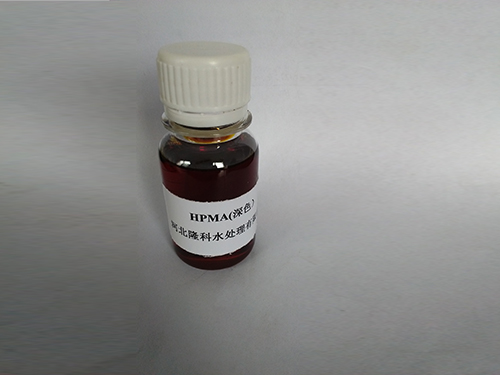Investigation of Polyacrylamide Formation Processes and Their Applications in Various Fields
Polyacrylamide Formation Understanding the Process and Applications
Polyacrylamide (PAM) is a synthetic polymer widely recognized for its diverse applications across various industries, including agriculture, wastewater treatment, and cosmetics. Its formation involves a chemical process known as polymerization, where small molecules called monomers are chemically bonded to form a large, chain-like structure. This article will explore the process of polyacrylamide formation, its types, and its applications.
The Polymerization Process
The formation of polyacrylamide begins with the monomer acrylamide, a colorless solid that is soluble in water. The polymerization of acrylamide can occur through two major pathways free radical polymerization and ionic polymerization. Free radical polymerization is the most common method used, primarily because it is more straightforward and effective for producing polyacrylamide.
During free radical polymerization, an initiator generates free radicals, which are highly reactive molecules. These free radicals react with acrylamide molecules, prompting them to link together and form a polymer chain. The reaction continues as more acrylamide monomers are added, resulting in a high molecular weight polymer. The reaction conditions, such as temperature, pH, and concentration of the initiator, can significantly influence the characteristics and properties of the final polyacrylamide product.
Types of Polyacrylamide
Polyacrylamide can be classified into two main types nonionic and ionic
. Nonionic polyacrylamide is produced without any additional charged groups, making it suitable for applications requiring neutral interactions, such as in soil conditioning and erosion control.On the other hand, ionic polyacrylamide can be either cationic (positively charged) or anionic (negatively charged). The ionic variants of polyacrylamide exhibit unique properties that enable them to interact with various substances in different ways. For example, cationic polyacrylamide is often utilized in water treatment processes, as its positive charge allows it to bond with negatively charged particles, thereby facilitating coagulation and flocculation. Anionic polyacrylamide, conversely, is effective in enhancing the viscosity of water and is commonly used in enhanced oil recovery and textile processing.
polyacrylamide formation

Applications of Polyacrylamide
The versatility of polyacrylamide lies in its numerous applications across multiple fields. In agriculture, polyacrylamide is employed as a soil conditioner to improve water retention and reduce erosion. When added to soil, it forms a gel-like structure that holds water, thus benefiting crops during dry spells.
In the environmental sector, polyacrylamide is a crucial agent in wastewater treatment. Its ability to bind with suspended solids enhances the efficiency of sedimentation processes, helping to clarify water. Furthermore, it assists in the removal of contaminants and pollutants, making it an essential component in treatment plants.
In the cosmetics industry, polyacrylamide finds its place as a thickening and stabilizing agent in creams and lotions. Its unique chemical properties contribute to the texture and viscosity of cosmetic formulations, ensuring a smooth application.
Moreover, polyacrylamide is used in various industrial processes such as paper production, textile processing, and oil extraction. Its ability to increase viscosity and control the flow of fluids makes it invaluable in these fields.
Conclusion
The formation of polyacrylamide through the polymerization of acrylamide represents a significant advancement in polymer science. With its diverse types and multifaceted applications, polyacrylamide continues to play a vital role in several industries, enhancing efficiency and improving product quality. As research progresses, the potential applications of polyacrylamide are likely to expand further, promising benefits for both industry and the environment. Understanding the formation and properties of this polymer is essential for harnessing its full potential in various scientific and practical applications.
-
Water Treatment with Flocculant Water TreatmentNewsJun.12,2025
-
Polymaleic AnhydrideNewsJun.12,2025
-
Polyaspartic AcidNewsJun.12,2025
-
Enhance Industrial Processes with IsothiazolinonesNewsJun.12,2025
-
Enhance Industrial Processes with PBTCA SolutionsNewsJun.12,2025
-
Dodecyldimethylbenzylammonium Chloride SolutionsNewsJun.12,2025





